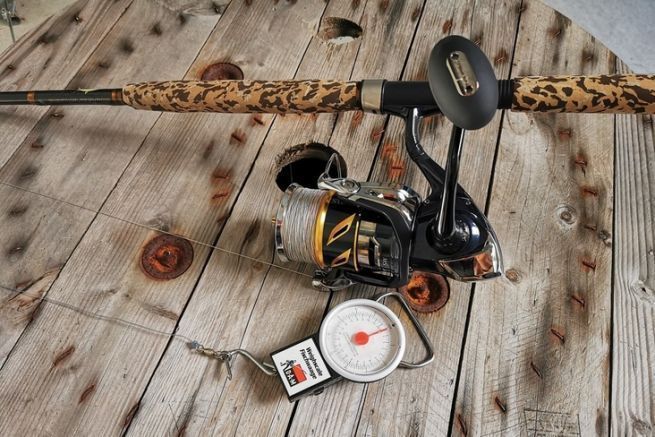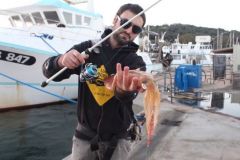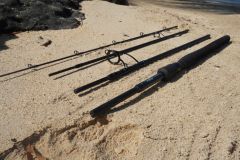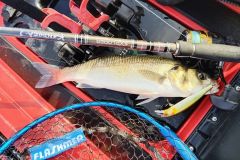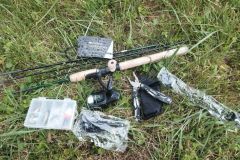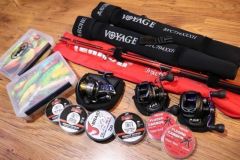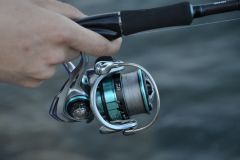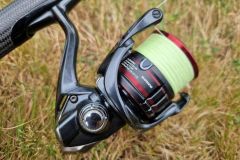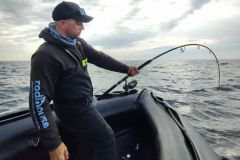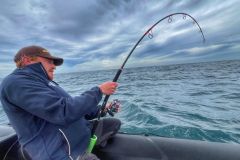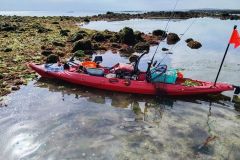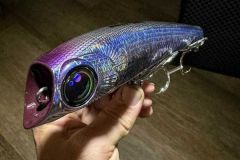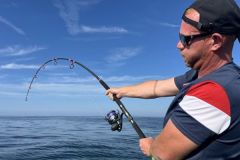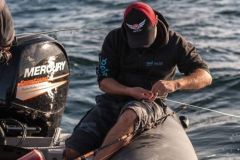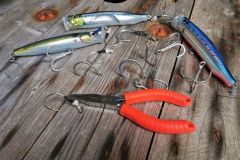Why adjust your reel's brake?
The reel brake can be compared to the fuse on your line. Too tight, and you risk breaking the line or, in extreme cases, your rod in a fish rush. Not tight enough, you won't be able to bridle the fish and therefore you won't be able to bring it back to you or extract it from a crowded spot.
In this case, I'm going to talk about setting the drag for bluefin tuna fishing on the hunt, a technique I use from August until the administrative closure at the beginning of November.
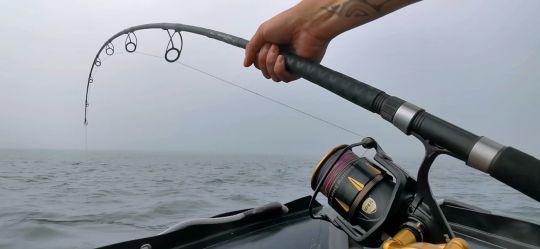
This fish, which can weigh up to 250 kilos, and even more in the case of the largest specimens roaming the Breton coast, is renowned for its violent rush after the strike. The setting of the drag must not be neglected. That's why, before each outing or after catching a fish, I pay particular attention to its adjustment. In the first rush, a brake that's too tight can rip the tackle out of your hands, causing the line to break or the rod to break if it's not the right size. On the other hand, a brake that's not tight enough will make it much easier for the fish to get away. Remember, the fish can empty 300m of braid in just a few moments.
How to adjust your brake?
For my usual sea fishing, I set my drag so that when the rod is in action, the line exits the spool slightly. A finer adjustment will be made during the fight depending on how it turns out.
For tuna fishing, I use a different procedure, with a scale. I usually set the drag between 8 and 9 kilos at the touch and then gradually increase it during the fight. The aim is to make it last as little time as possible. I make this adjustment at the start of each fishing session or after each catch when fishing for bluefin tuna.
Ideally, 2 people are needed to do this, and all you need is a scale. Place the line in line with the rod, without any angle. 1 person holding the rod and the second pulling with the sinker in a linear fashion. The line should exit the reel smoothly, without jerking.
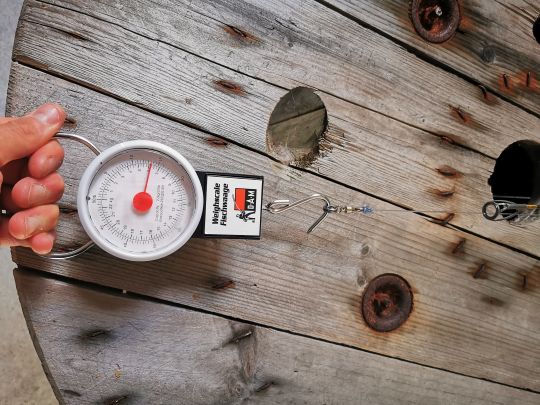
Turn the knob on the top of the coil until the desired brake value is reached.
By habit, I know that when I can no longer pull the line out by hand, my brake is set at around 8 kilos.
On some reel models, markings are visible on the spool. On the reel I'm using here, a Shimano stella 20000 SW, I can see that the interval between each mark corresponds to half a kilo.
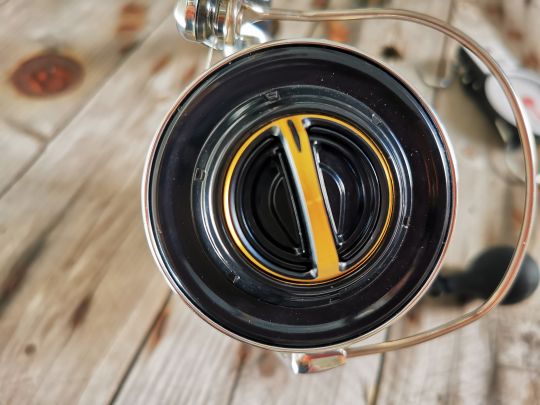
This gives me a rough indication of the value of the brake at time T.

 /
/ 